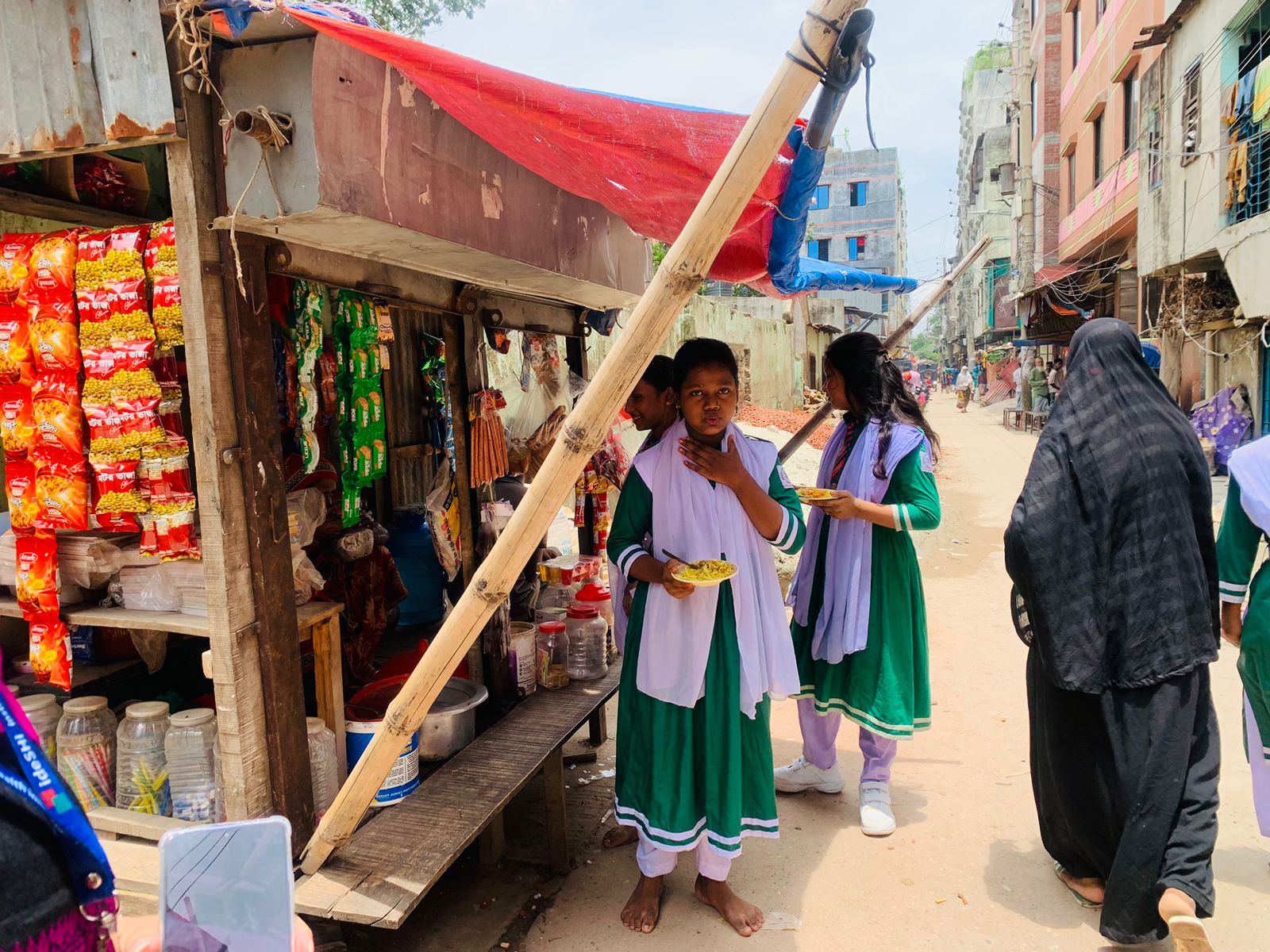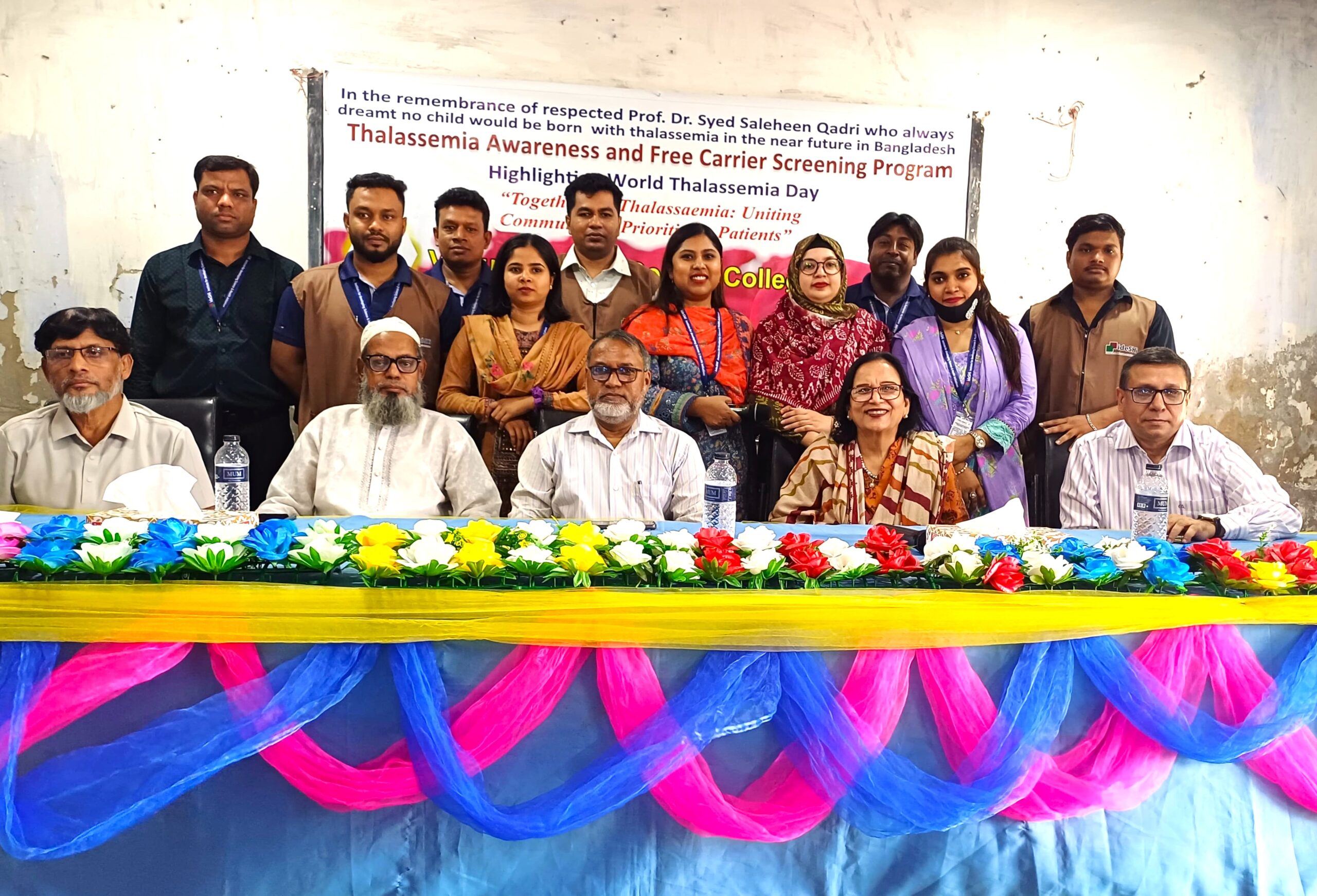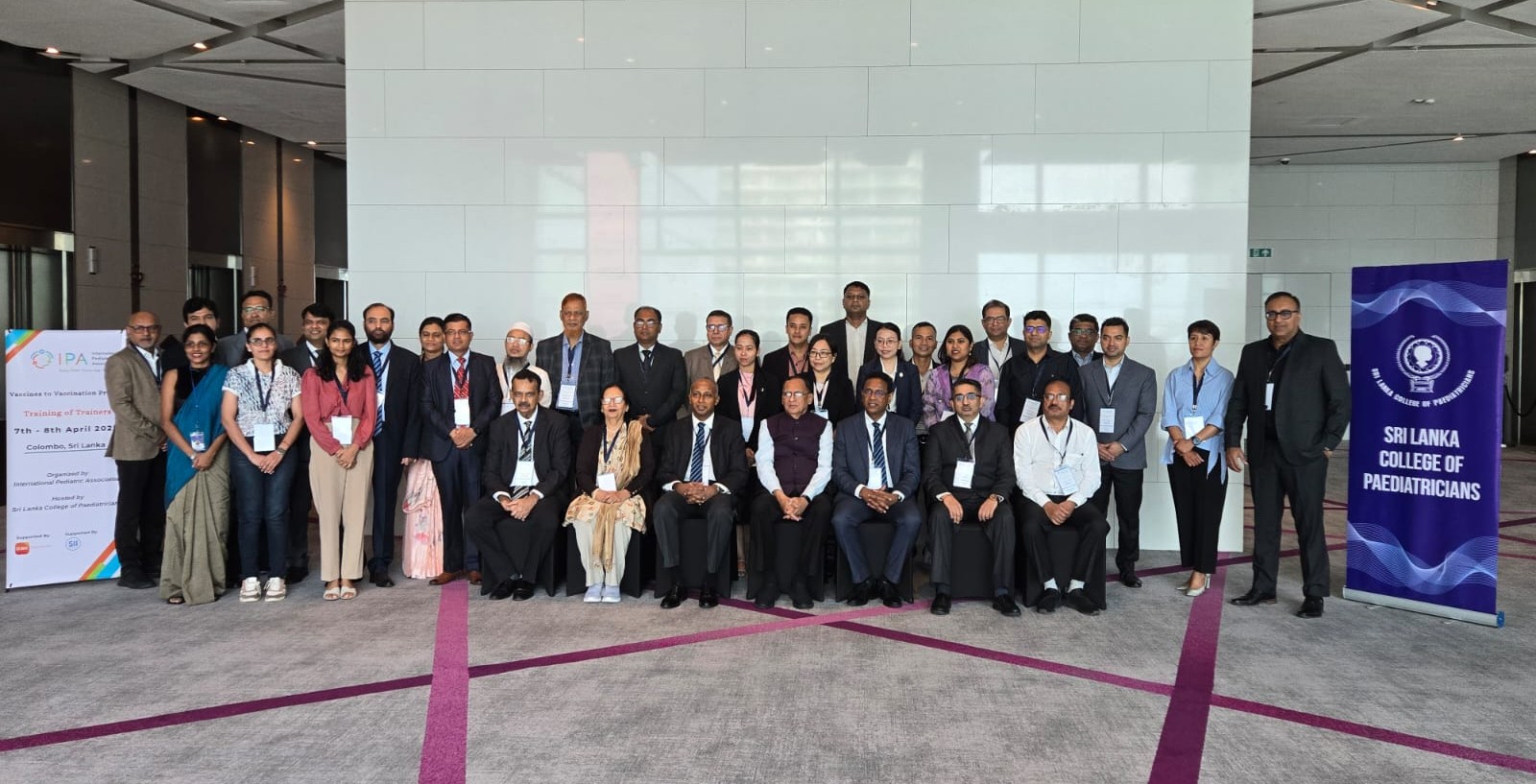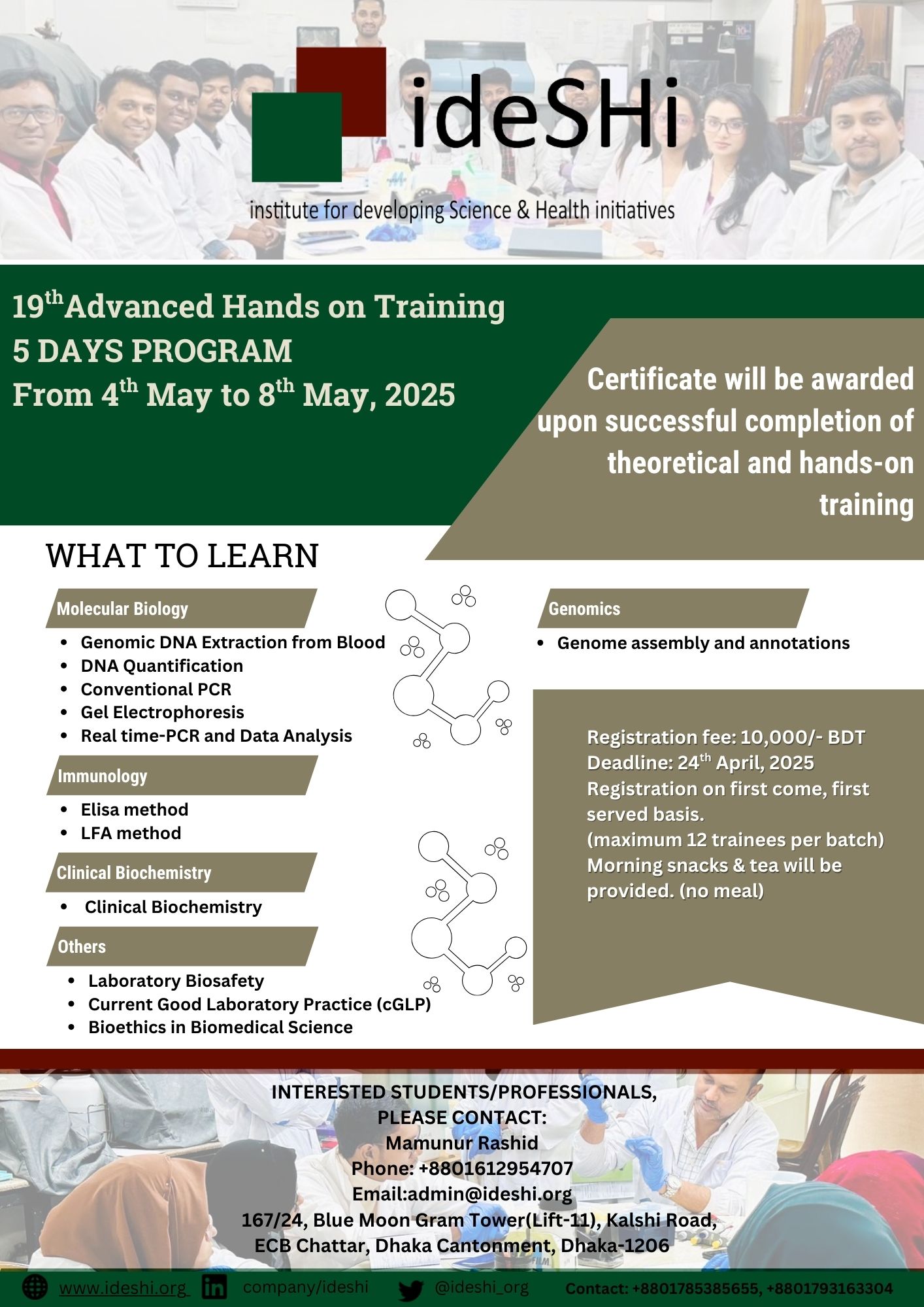Programme Lead
Dr. Umme Kulsum
Assistant Scientist
institute for developing Science & Health initiatives (ideSHi)
Our Approach
This study aims to establish a robust, low-cost serological surveillance method to assess the
burden of pediatric typhoid fever in Dhaka. We will conduct a prospective cohort study with 600
children under 10 years of age, using a combination of serological testing and community-based
surveillance. Through dried blood spot collection and symptom tracking from the participants,
we aim to quantify the proportion of serological infections associated with clinical disease. This
will provide crucial evidence for policymakers to support typhoid conjugate vaccine (TCV)
introduction and sanitation improvements.
Partners
- Institute for Developing Science and Health Initiatives (ideSHi), Bangladesh
- Stanford University, USA
Research Goals
- Assess the true incidence of pediatric typhoid fever using a serological surveillance
tool in a resource-limited setting. - Estimate the proportion of symptomatic versus asymptomatic infections among
children under 10 years old. - Support the introduction of typhoid conjugate vaccines (TCV) and improved
sanitation initiatives by providing real-world epidemiological data.
Context
Typhoid fever remains a major health concern in South Asia, with Bangladesh reporting a high
burden, particularly among children. Traditional blood culture-based surveillance methods
underestimate disease prevalence due to asymptomatic cases and limited healthcare access. Our
study employs an innovative serological approach, leveraging antibody decay patterns to
retrospectively identify infection rates, providing a more accurate measure of disease burden.
Impact
- Public Health Policy: Findings will inform national vaccination strategies and water
sanitation policies. - Enhanced Surveillance: Development of a cost-effective serological tool for widespread
application in typhoid-endemic regions. - Community Benefits: Improved disease burden estimates will lead to better-targeted
healthcare interventions, ultimately reducing morbidity and mortality among children.






